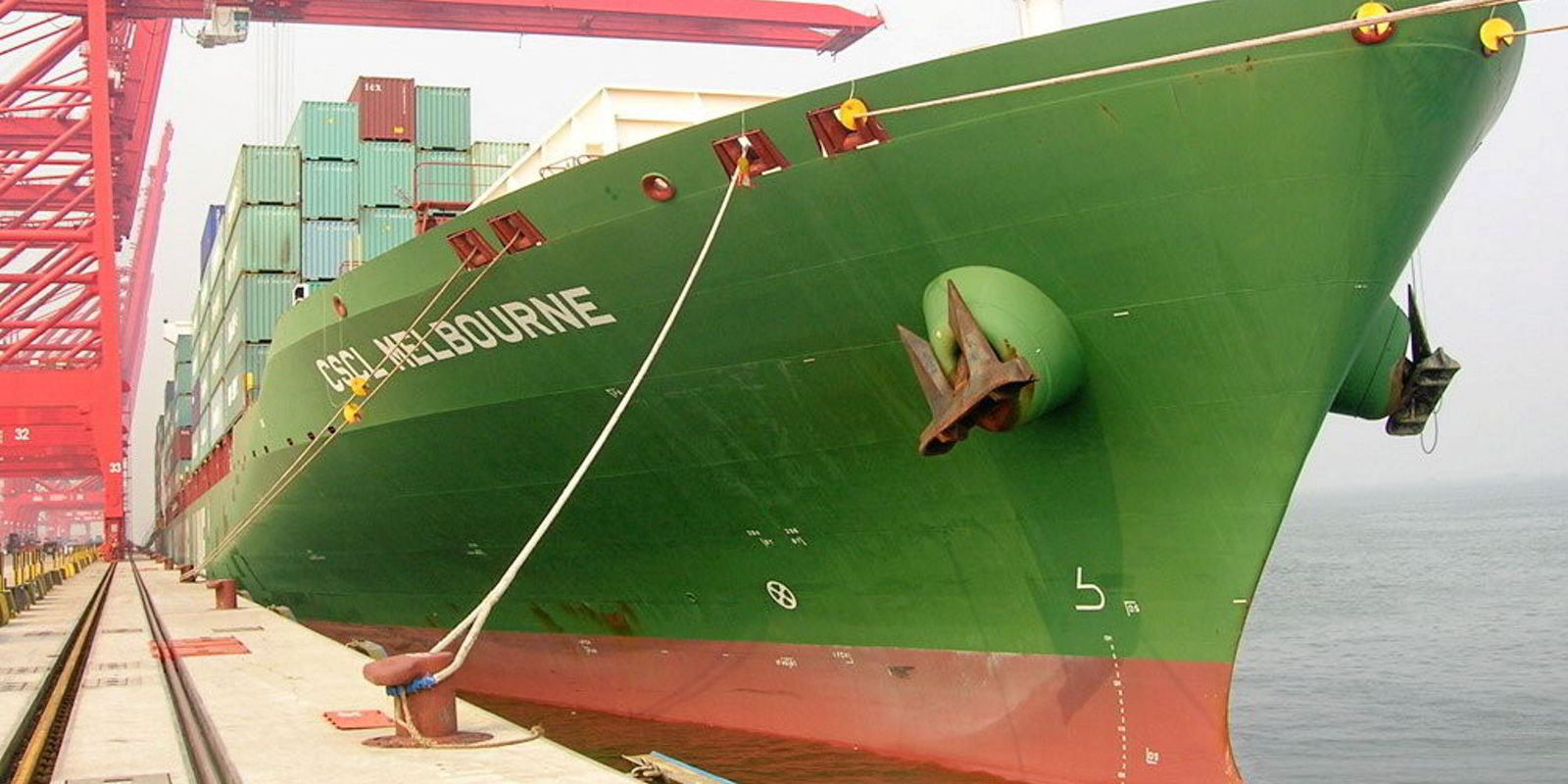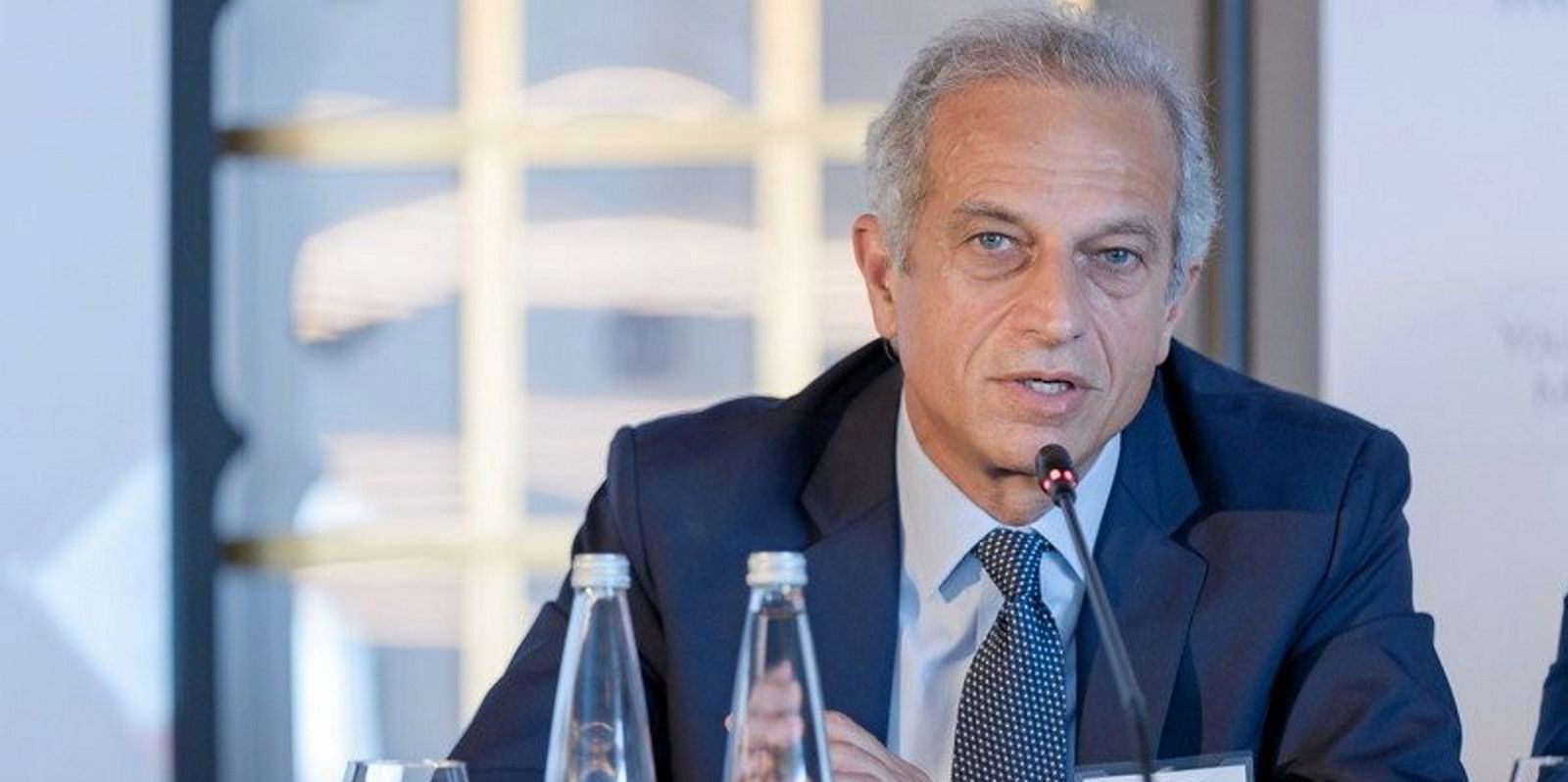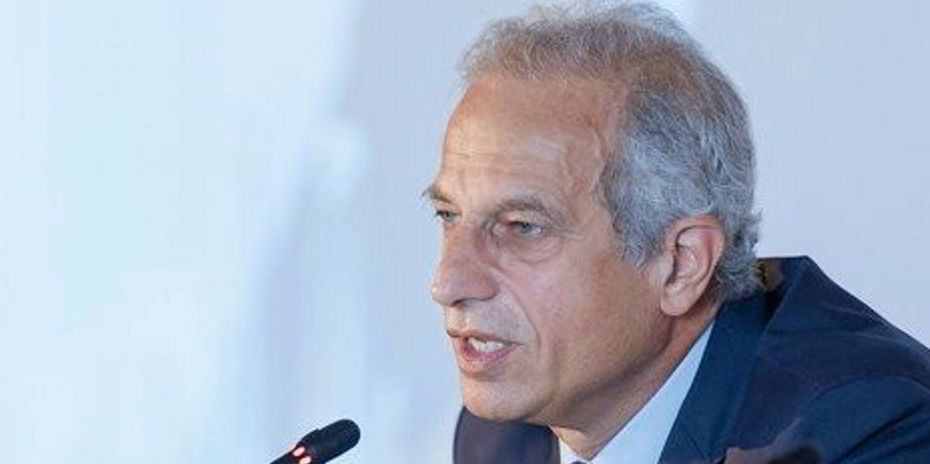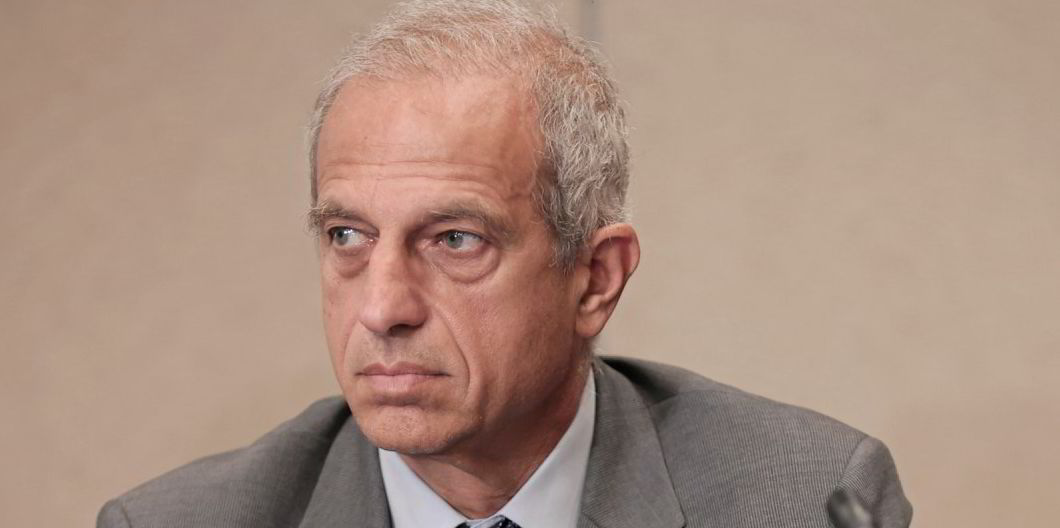Euroseas chief executive Aristides Pittas is not one to offer long-term outlook on the container ship market, but he is not worried about where it is headed anyway.
He said his company, which owns seven intermediate ships and 11 feeder vessels, can handle whatever the market throws at it, whether it be a recession, a moderate slowdown or a stable “Goldilocks” economy.
“I’ve learned in shipping not to make very long-term predictions,” he said during an interview with Capital link.
“What will happen in the next 18 months is very difficult to say and it will depend a lot on the global environment, what global growth will be. Really, we have an action plan for every scenario.”
If the market becomes robust, then New York-listed Euroseas will charter ships out at high rates, he said. If the market tanks, then the shipowner will grow its fleet through cheap acquisitions.
“I really don’t care how the market will develop within the next couple of years really,” he said.
Having charter coverage of 100% for 2023, 65% for 2024 and 40% for 2025 — all at high rates — certainly helps him sleep at night, but he is a bit concerned about the number of newbuildings hitting the water over the next 18 months.
“Let’s see how it pans out,” he said.
There are 422 intermediate and feeder newbuildings set to be delivered through 2025, according to Clarksons.
But he is still pretty happy with how the market has performed since late last year after coming down from record highs during the pandemic.
The Freightos Baltic Index topped an unprecedented 11,000 points in September 2021 before dropping most of 2022 and then leveling off at around 2,000 points during the first two months of 2023.
It has since then declined slowly to slightly below 1,600 points.
“We felt that we would see a bottom at some point, but the bottom came earlier than we thought and at a higher level than what we thought, so the last month we have really seen charter rates increasing again and improving,” he said.
“This is happening I think because China has opened up quite aggressively.
“It’s happening because vessels are slow steaming because of the new environmental regulations and things seem to have plateaued and improved.”
These tailwinds have allowed Euroseas to put two ships on long-term fixtures at high rates as recently as last week, Pittas said.
On 26 April, the owner signed a 36-month charter at $19,000 per day for the 3,100-teu EM Kea (built 2007) and a year-long fixture at $15,000 per day for the 1,740-teu EM Hydra (built 2005).
Intermediate boxship fixtures of six months to 12 months earned $15,000 per day on average on 28 April, according to Clarksons assessments. That was up from $12,000 per day on 3 March.
A feeder boxship charter of the same length made $13,500 per day on average, up from $12,000 per day on 3 March.
Trading too low
But Pittas is perplexed as to why Euroseas’ shares are trading so low while the owner is able to cover so much of the fleet at high rates. They declined 1% by mid-afternoon on Tuesday to $18.39.
He said the stock is expected to produce $12 earnings per share for 2023 and 2024, yet its price-to-earnings ratio remains very low at 1.6 and trades at 40% of net asset value.

“We’re trading at very low multiples of the company’s worth,” he said.
“Perhaps I’m not doing a very good job in communicating the strength of the company and the prospects that we have which are I think are really quite good.
“We’ve navigated 10 tremendously bad years. I think this decade is going to be better, and it will give us opportunity to grow significantly so, I hope to convince investors that that’s going to be the case.”





